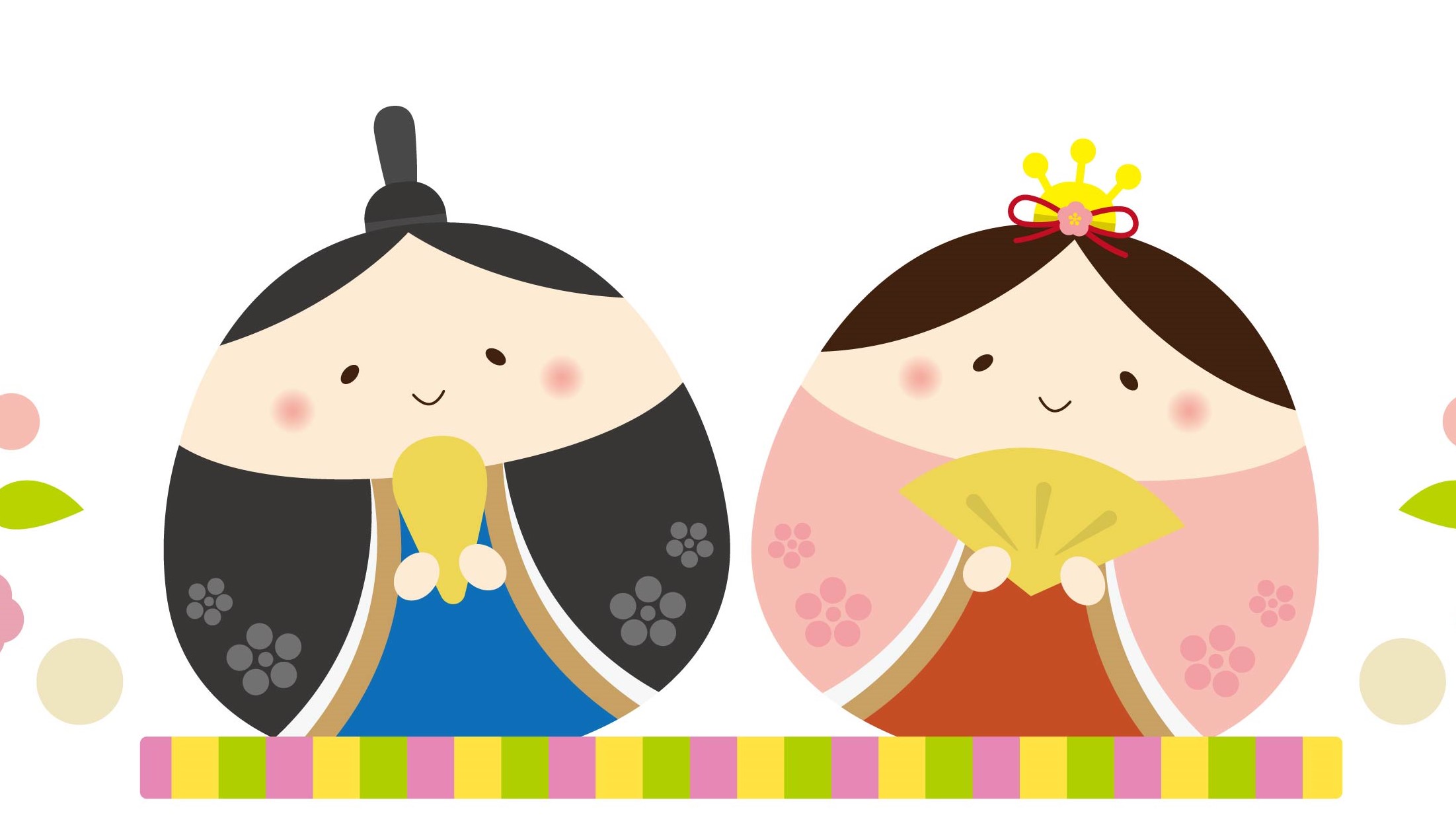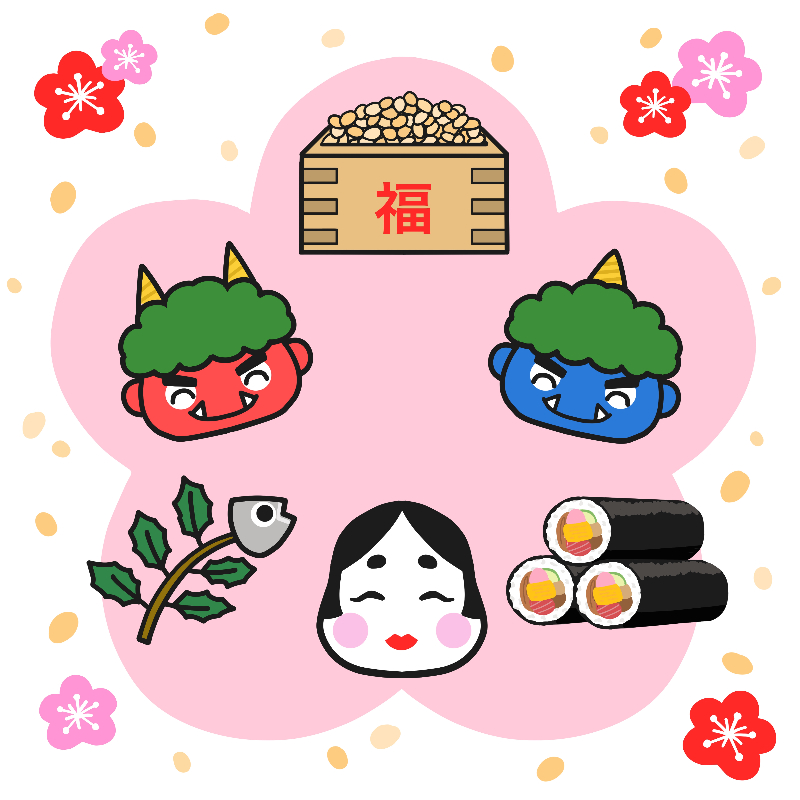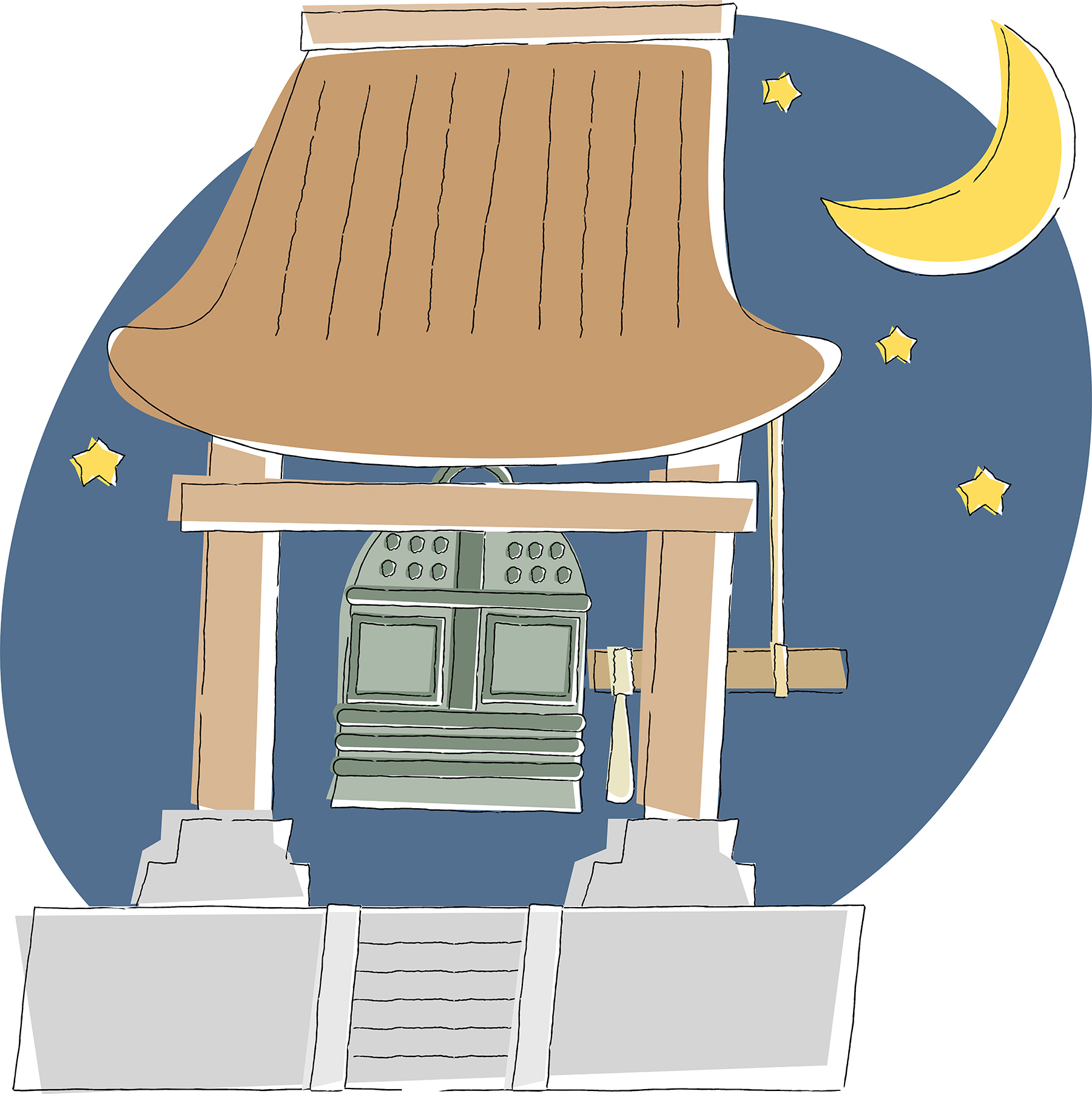
Sumo Picture Book

Students make a virtual visit to the Sumo stable, reading about the life of a novice sumo wrestler in Japan, オージーの山 (lit. Aussie’s Mountain).
This resource comprises of a PPT big book, and the students’ book in PDF format.
How to use the resource
PPT: Each page has sound effects and a description of the situation. Some expressions which sumo wrestlers say appear in speech bubbles when you click on the page.
PDF booklet: The students’ book in PDF is designed to be colour printed on A3 paper and cut into quarters to make an A5 booklet. For best results, print double-sided (flip on short edge) and cut along the dotted lines. Order the pages following the number on the bottom left corner. As tategaki (vertical writing) is used in this booklet, we recommend that you staple the pages together on the right-hand side, and read right to left.
Suggested Procedure
Before reading the book
Teacher shows students a video about Sumo, introduces Sumo wrestlers in Japan and gives a brief history
Teacher asks some questions to raises students’ awareness, e.g.
- Why are Sumo wrestlers so big?
- Are all Sumo wrestlers Japanese?
- What is a Sumo wrestler’s lifestyle like?
Reading the book with PPT
Listen to the story with sounds and repeat
After reading the book with PPT
Students read the booklet by themselves and/or in groups
Students perform a roleplay based on the story
Useful Videos
Useful Information on Sumo for Students
- Sumo, the national sport of Japan, has a 2000 year history. It became a professional sport in the early Edo Period, and since then it has been a popular spectator sport.
- There are a number of non-Japanese wrestlers as well; Mongolians have become especially prominent over the last few years. 4 of the 5 most recent wrestlers who have been promoted to the highest rank of yokozuna (grand champion) have been Mongolian.
- All Rikishi (sumo wrestlers) are members of a Sumo stable and live in with their Oyakata (stable master).
- Rikishi only eat twice a day but up to 10,000 calories. Not all the rikishi are very large, so eating and sleeping are very important part of the training to build their bodies to become a strong rikishi. Chankonabe is a hot-pot style dish that is commonly eaten by rikishi.
- Each Sumo wrestler is given their own 四股名 (ring name). The name usually includes kanji which have the connotation of ‘big’ or ‘strong’. 海 (ocean) and 山(mountain) are very common in wrestlers’ names. Other examples are 龍 (dragon), 力 (power), 島 (island), 波 (big wave), and 富士 (Mt Fuji). The other part of the name usually indicates the stable to which the wrestler belongs. This is usually derived from the ring name of the stable master, but sometimes the name of a wrestler’s hometown or their real name is used.
How to make 四股名(しこな) ring names for students:
- use student’s name, e.g. ジョンのふじ
- use hometown, e.g. 金の海 (Gold coast!)
Find more information about Sumo on Kids Web Japan
Resource created by Himiko Negishi-Wood and with assistance from Jessica Leung (June 2019).




